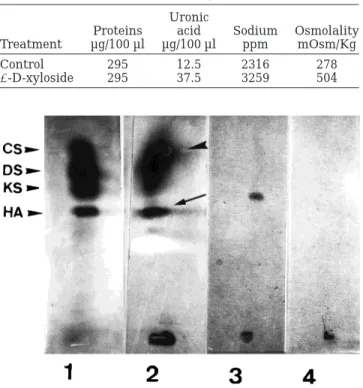Disruption o proteoglycans in neural tube fluid by B
Texto completo
Figure




Documento similar
The performance of the proposed algorithm has been exten- sively evaluated by means of simulations. Results have shown that i) our scheme substantially outperforms DCF in terms
These results indicate that osteogenic induction promotes the bioenergetic differentiation of mitochondria rather than organelle proliferation as supported by the increase in the
For this reason different methodologies have been evaluated in this thesis to increase water use efficiency in Andalusian agriculture by means of the improvement in the
The simulation results show a reduction of around 25% in total power loss, a reduction of around 40% in the maximum junction temperature increase above ambient
Overall, our results suggest that improper regulation of GRK2 in cell cycle might com- promise the fidelity of cell division by means of the rapid progression in G1 and the im-
Similar to the results of treatments under conditions of Fe sufficiency, hormonal responses under Fe deficiency (Table 5) showed a significant increase in the IAA concentration in
The over-expression of the corresponding transcripts in both transfected lines was determined by RT-qPCR, the results showed an increase in PAD expression levels of 18.8-fold
The data show that the increase in body weight observed in the model of diet-induced obesity (HFD animals) was associated with an important impact on cardiac lipid
